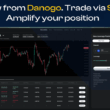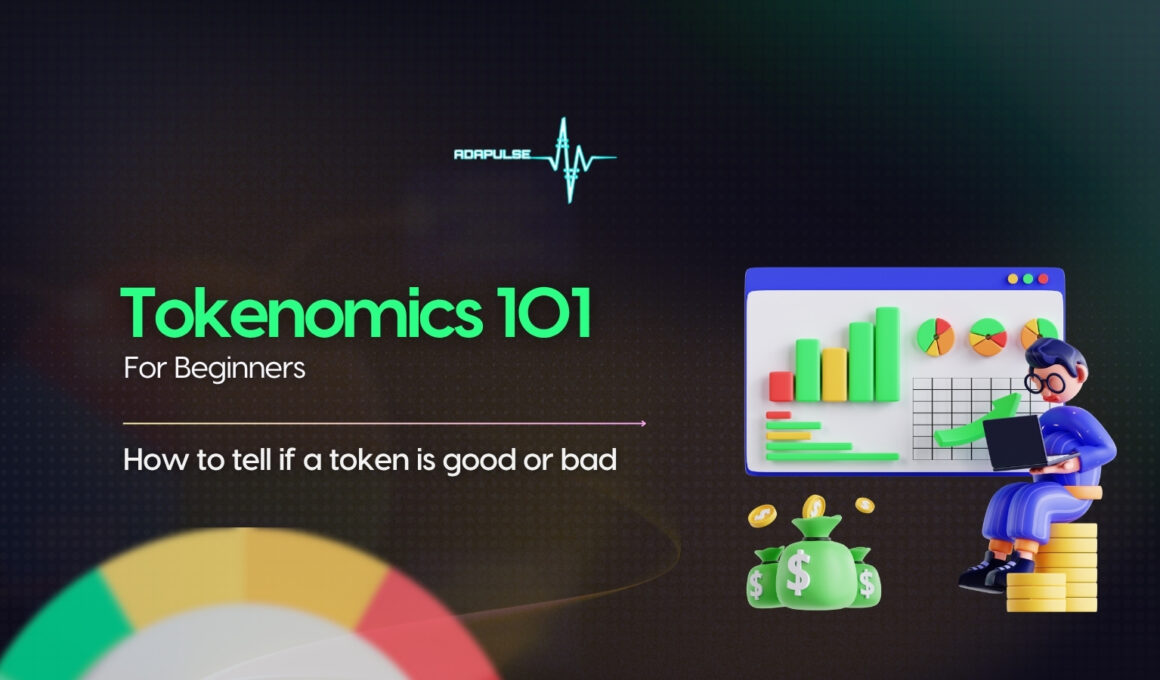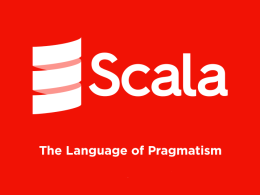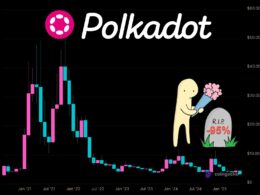You’ve seen the hype. A token launches. Your timeline lights up on X. Someone you trust posts a chart. It looks early. The numbers look low. You buy in just to watch it dump. You’re not alone. Most beginners make the same mistake. Understanding Tokenomics 101 will solve the basic problems.
What you missed wasn’t luck but tokenomics. That single word explains more than most people realize. It’s not about price but why the token exists, how it moves, who owns it and what that means for everyone else. If you don’t understand tokenomics, you’re gambling blind. But if you do, you’ll spot the traps before they catch you.
What Is Tokenomics
Tokenomics is short for token economics. It describes how a token works, how many exist, who gets what and what gives it value. Every token you hold like ADA, MIN, SNEK or any token. They all have their own structure.
Tokenomics like the rules of a game. Who starts with the most pieces. How often are new ones created. Can some be destroyed. What does each piece actually do. In crypto space, those pieces are tokens. And the way they’re distributed, locked, vested or burned tells you everything about the future of that project.
Most beginners look at price first, saying things like this coin is only $0.002, it must have room to grow. But that’s not how value works. A low price does not mean a low market cap. It means there are a lot of tokens. If a project has 1 trillion tokens in supply, then even a $0.01 price would make it worth billions.
Key Tokenomics Metrics You Should Always Check
Total Supply vs Circulating Supply
Total supply is how many tokens will ever exist. Circulating supply is how many are live right now. If only 10% is circulating, ask yourself who holds the rest and when will they get to sell.
Vesting and Unlock Schedules
Founders, early investors and teams usually get tokens on a schedule. If a big unlock is coming next month, that could cause a price dump. Always check the vesting timeline.
Inflation Rate
Some tokens mint more over time. If too much is printed too fast, it devalues everyone’s share. Its like token dilution. More supply = less scarcity = weaker price support.
Burn Mechanisms
Burning removes tokens from supply. This can help balance inflation. If a protocol burns tokens every time a user interacts with it, that can create deflation over time.
Utility: What’s Usefulness the Token
Ask this before anything else. What do people use this token for and if it has no use case, no governance, no fees, no staking then demand will not last.
A Quick Example From Cardano Tokens
Minswap is Cardano’s leading decentralized exchange built by the community, for the community. It lets traders swap tokens, provide liquidity and earn passive yield without handing over control. There’s no central team controlling trades. Everything runs on smart contracts. And the best part is that its one of the few DeFi platforms on Cardano that consistently build and evolves.
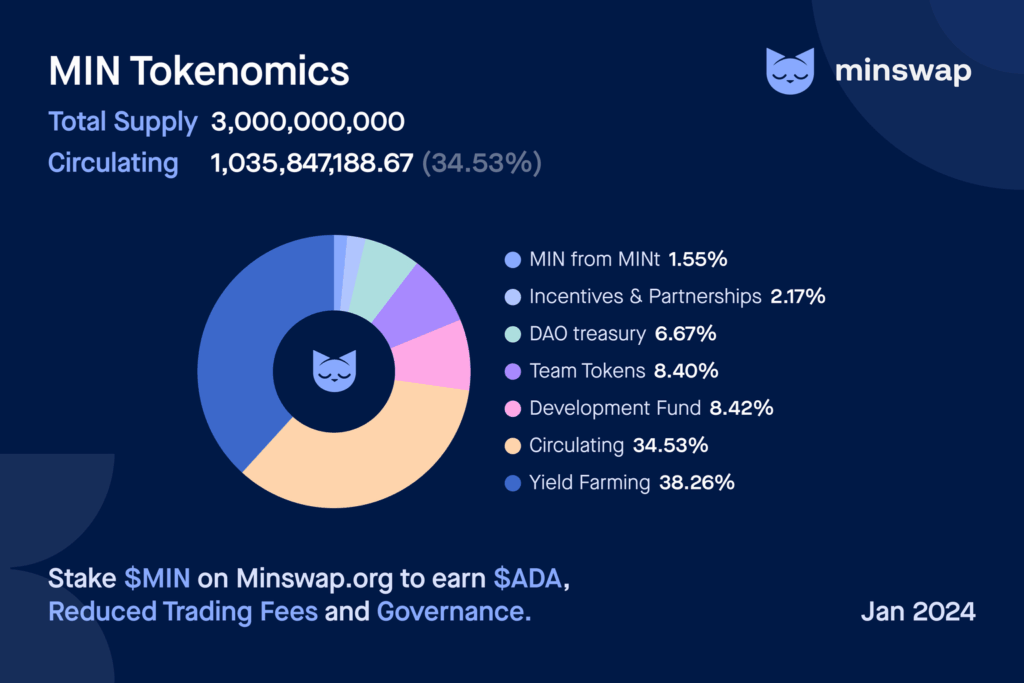
Take $MIN from Minswap, for instance. Its tokenomics remain clear and traceable. A portion flows to liquidity providers, another to the DAO treasury, while the rest follows a fixed emissions curve. Anyone can look into their docs and see exactly where every piece of it goes.
Now look at SNEK. It’s a meme token, no doubt. But it owns that identity. The community is loud, active and holds it down. Its tokenomics are much simpler. Its deflationary, driven by hype and supply pressure and designed with no hidden utility. But the thing is that it tells you that up front.
Both of these tokens work because they stay true to what they are. The issue begins when a project tries to act like something else, when it talks like DeFi but moves like a meme. That’s when traders get misled and trust breaks down.
What a Good and Bad Tokenomics Looks Like
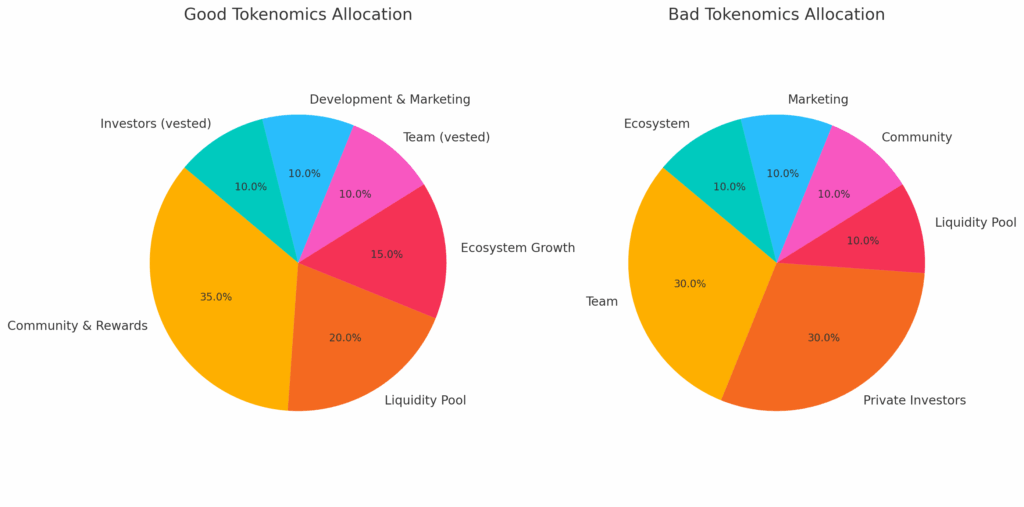
Good tokenomics feels balanced, fair and transparent. You can tell the project planned ahead not just to raise money, but to build long term value. Most of the supply is either circulating or locked with clear vesting rules. Early contributors may have tokens, but they unlock gradually, not all at once. The token has real utility, maybe it’s used to pay fees, stake in the protocol or vote on governance.
Bad tokenomics looks flashy but underneath, it’s a mess. You’ll see a large supply, but very little of it in circulation. Most of the tokens are held by insiders or early investors and the unlock dates are either not disclosed or set to drop all at once. That creates pressure. As soon as the lock period ends, big wallets can dump on the market. Retail traders usually hold the bag.
Red Flags to Watch Out For
Not all bad tokens look bad. Some are dressed in beautiful websites and big names. But if the tokenomics are weak, the price won’t hold. Be cautious if you see this.
- High token inflation with no burn
- Massive token reserves in the hands of insiders
- No clear vesting schedule
- No reason to actually use the token
- Sudden unlocks or changes not explained publicly
Final Tips Before You Buy
Start slow. Don’t just check price charts, check the docs. Look for a tokenomics page or whitepaper. If a project avoids giving clear numbers, that’s not a good sign.
Stick to tokens with fair distribution, low inflation, strong use cases and open data. Projects that respect your time will show you their numbers. And always remember that tokenomics tells the truth, even when the market doesn’t.



